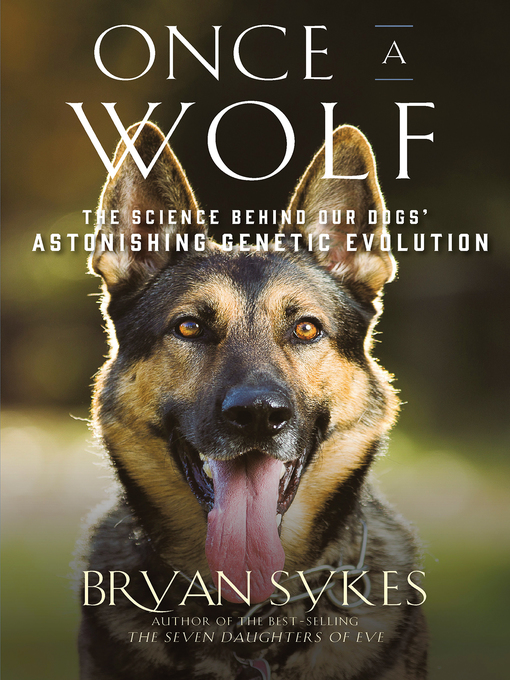From the best-selling author of The Seven Daughters of Eve, an eye-opening work no dog lover or ancestry aficionado should be without.
How did wolves evolve into dogs? When did this happen, and what role did humans play? Oxford geneticist Bryan Sykes used the full array of modern technology to explore the canine genetic journey when our ancestors first learned to hunt together with wolves. In the process, he discovered that only a handful of genes have created the huge range of shapes, sizes, and colors in modern dogs. Providing insight into these adaptive stages in "prose both scientific and poetic" (Booklist), Once a Wolf also focuses attention on how human evolution was enhanced by this most improbable ally. Whether examining our obsession with canine purity or delving into the prehistoric past to answer the most fundamental question of all—Why do we love our dog so much?—this book is "a must read for anybody who has ever wondered about the origins of human's best friend" (Library Journal).


